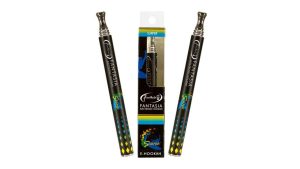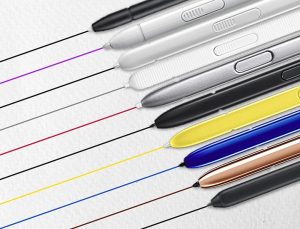Selecting the right stylus pen for your tablet can significantly enhance your digital experience, whether you’re drawing, writing, or simply navigating. The perfect pen can mimic the feel of traditional media, provide precise control, and effectively complement your tablet’s capabilities. This ultimate guide aims to help you identify the key factors to consider when choosing a stylus pen, thus enabling you to make an informed decision that suits your budget, needs, and preferences.
Assessing Tablet Compatibility and Connectivity
Matching Stylus Technology With Your Tablet
Different tablets use different touch technologies that require compatible styluses. Some, like the iPad, work best with specific models (like the Apple Pencil) that pair via Bluetooth and are designed to work seamlessly with the device’s hardware and software. For other tablets, you may need a stylus that functions with a capacitive or resistive touchscreen. Always check your tablet’s specifications and match them with the stylus’s compatibility to ensure a smooth, responsive experience.
Bluetooth Versus Non-Bluetooth Options
Stylus pens fall into two broad categories: those that connect via Bluetooth and those that don’t. Bluetooth styluses often provide features like palm rejection, pressure sensitivity, and buttons for additional functionality. In contrast, non-Bluetooth options typically function as a finger substitute without additional features. Your choice will depend on the level of interaction you want your stylus to have with your tablet; for advanced features and high precision, a Bluetooth-enabled stylus is the best pick.
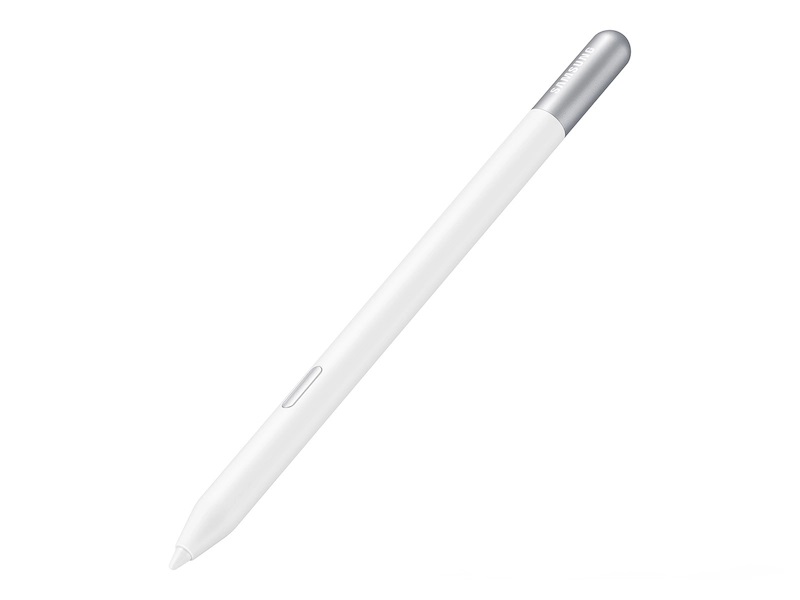
Prioritizing Features and Functionality
Critical Features for Your Usage
Evaluate what features are most important for your stylus use. If you are an artist, look for a pen with pressure sensitivity and tilt recognition to mimic real brush strokes. Note-takers and business professionals might prioritize accuracy and a fine tip for clear, readable handwriting. Meanwhile, casual users may value ease of use and durability over advanced features. Establish what functionality you require to get the most out of your stylus.
Extras That Enhance Experience
Some stylus pens come with added features that, while not essential, can significantly enhance user experience. These may include shortcut buttons to quickly erase or undo, integration with specific apps, or even gesture controls. While these added extras can be convenient, assess if their presence justifies a higher price tag and if they align with your regular usage patterns.

Factoring in Comfort and Design
Ergonomics for Extended Usage
Comfort is key, especially for users who spend hours with their stylus. The weight, balance, and grip of the pen are important factors to consider. A stylus that is too heavy or poorly balanced can cause hand fatigue or discomfort. Look for a pen with an ergonomic design that feels comfortable in your hand, with a grip that prevents it from slipping during use.
Build Quality and Material
Stylus pens come in an array of materials from plastic to aluminum. A stylus with a sturdy build is less likely to be damaged by accidental drops and can withstand wear and tear from regular use. The material not only affects the pen’s durability but also its weight and feel. Choose a material that aligns with your preferences for a sturdy, yet comfortable stylus pen.
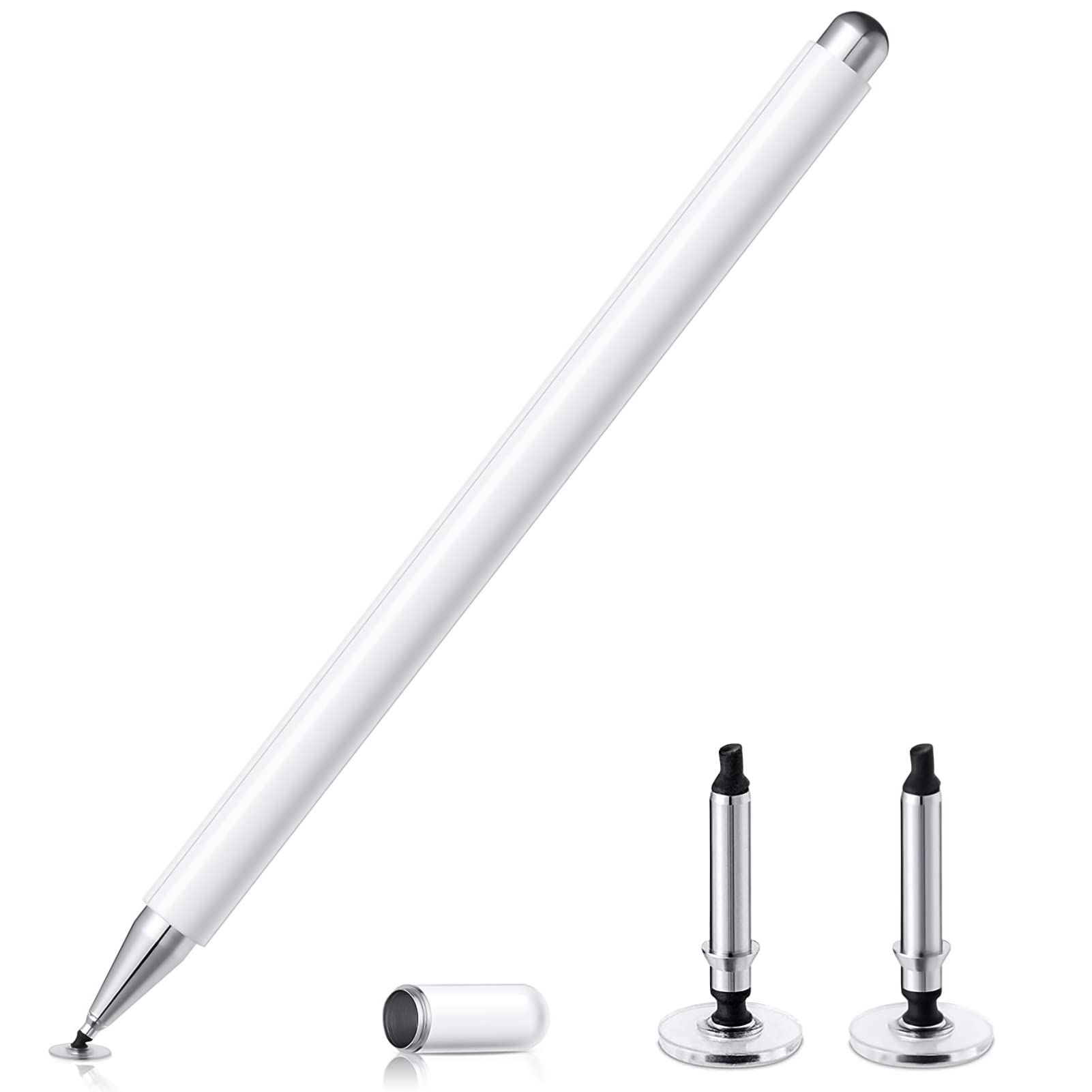
Evaluating Price Against Performance
Balancing Cost and Quality
Stylus pens can range from very affordable to quite expensive. Higher-priced stylus pens typically offer more features and better build quality, but not everyone needs or will use these additional functions. Consider how each stylus’s cost compares to the features and benefits it provides. Sometimes, mid-range priced styluses strike an optimal balance between cost and performance, satisfying the needs of most users without exorbitant prices.
Long-Term Value
Investing in a slightly more expensive stylus may provide better long-term value if it offers features like replaceable nibs, rechargeable batteries, or upgradable firmware. These features can extend the lifespan of your stylus and ensure it keeps pace with updates to your tablet and apps. Evaluate the long-term costs associated with a cheaper initial purchase versus investing in a more durable, feature-rich stylus that won’t need replacing anytime soon.

Addressing Specific Needs: Crafting Your Stylus Shortlist
Identifying Stylus Use Cases
Start by defining what you primarily use your tablet for—art, note-taking, general navigation, or a combination of activities. This will shape your criteria for stylus selection. For artists, nuances like pressure levels and palm rejection are critical. Note-takers may prefer thinner tips for precision and a more pen-like experience. If your use is general, even a basic model might suffice. Make a list of stylus pens that meet these specific requirements to begin narrowing down your options.
Considering Stylus Power Options
The power source is another aspect to keep in mind. Some styluses require charging or batteries, while others are passive and need no power. Active styluses often provide additional features like pressure sensitivity and precise input but consider if the need for charging fits your lifestyle. It can be inconvenient if you need to pause work to charge your stylus, whereas a passive pen is always ready to go. Decide which power option aligns with your usage patterns and convenience preferences.
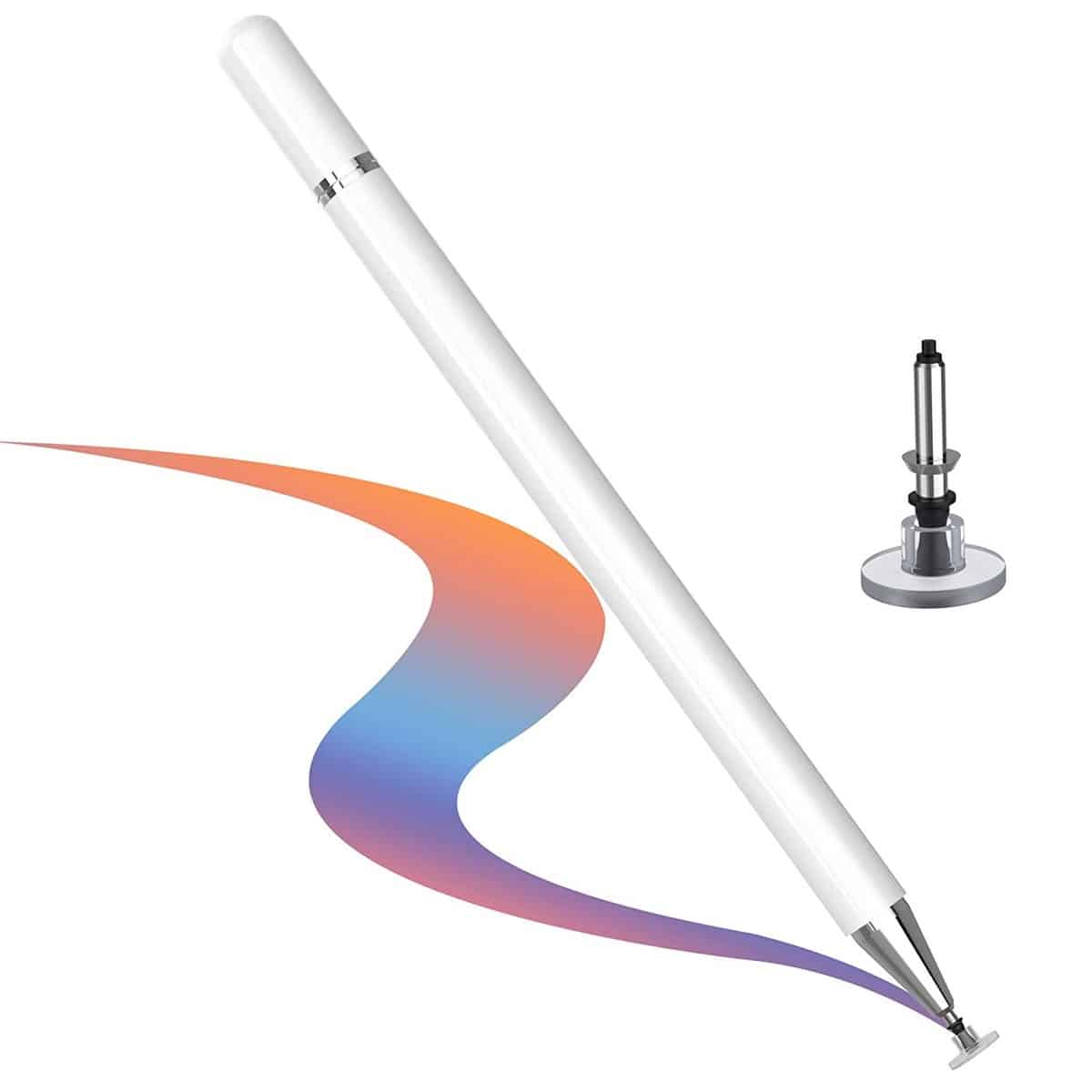
Investigating User Feedback and Reviews
Learning from the Community
Once you have a list of potential styluses, delve into reviews and feedback from other users. Pay attention to comments on the stylus’s real-world performance, particularly any recurring issues or praised features. Video reviews and unboxing can also give you a feel for the stylus’s size and how it operates in action. User feedback is invaluable and can often highlight aspects of the stylus that you may not have considered, helping to refine your selection.
In conclusion, choosing the right stylus pen for your tablet is a personal decision that should reflect how you intend to use your device. Compatibility, functionality, comfort, and price are crucial factors to consider in the selection process. By carefully balancing these aspects, you can find a stylus that not only meets your immediate needs but also stands the test of time as a trusty sidekick for your tablet adventures, making digital interactions more accurate, natural, and enjoyable.

